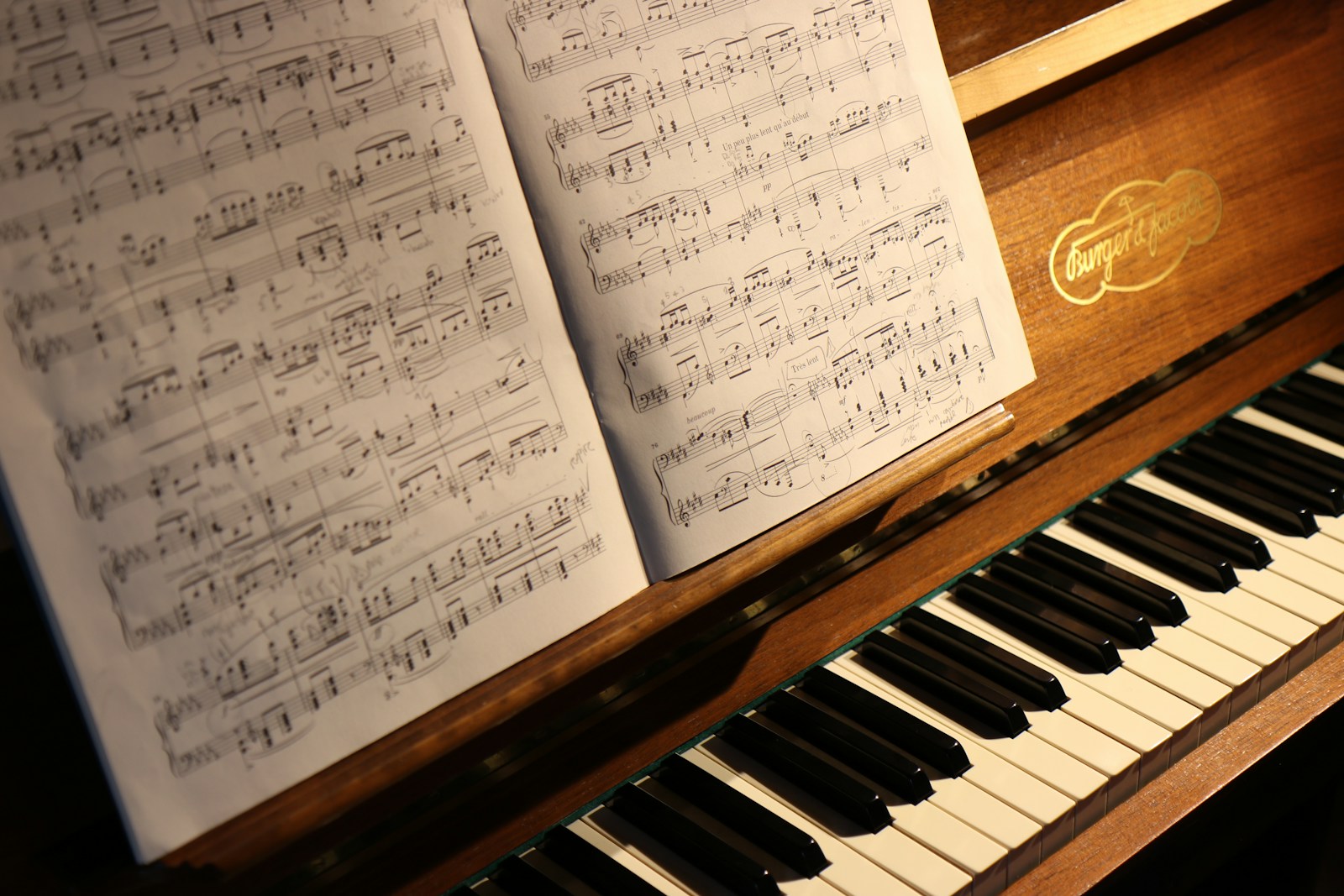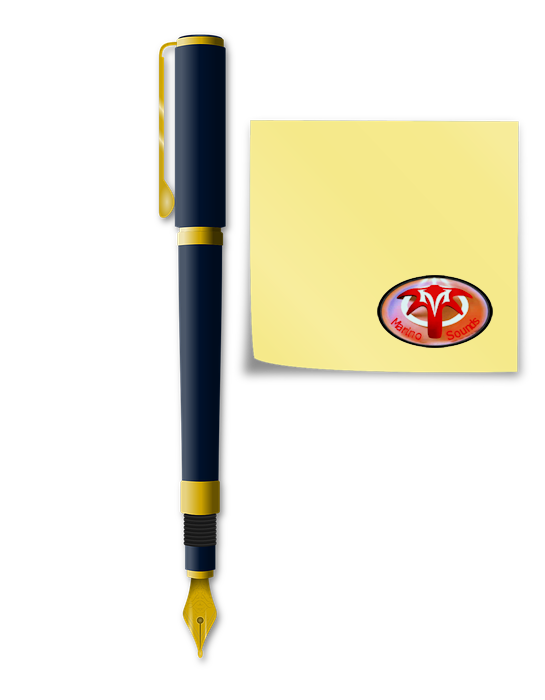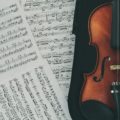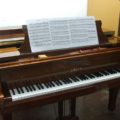 Sometimes in life, we regret not pursuing hobbies or interests we once enjoyed. I know I regret not continuing to play football and furthering my passion for reading music, especially the piano. Learning to play the piano can seem overwhelming, but when broken down into manageable pieces and with plenty of tuition and practice, it can be mastered.
Sometimes in life, we regret not pursuing hobbies or interests we once enjoyed. I know I regret not continuing to play football and furthering my passion for reading music, especially the piano. Learning to play the piano can seem overwhelming, but when broken down into manageable pieces and with plenty of tuition and practice, it can be mastered.
One of the easiest ways to learn any musical instrument is to learn to read sheet music How To Read Piano Piece Music Fast - Learning to play the piano and read sheet music doesn't have to be intimidating. You don't need an exceptionally high IQ for this; all you need is perseverance and consistent practice, along with an easy-to-read piano sheet. By following some guidelines, learning can become easier. Here are some tips to help you as you gradually… . Being able to read scales can significantly help you navigate any musical piece. The piano is a versatile solo instrument and is among the easiest instruments to learn to play. The range of music styles suitable for the piano is virtually limitless.
The key to learning to play the piano is preparation. If you’re serious about learning, set aside at least 30 minutes to an hour daily for practice. Pianos can be expensive instruments, so you might want to start with a keyboard to get used to the layout before investing in a piano, which could otherwise become an expensive display stand for knick-knacks.
Next, decide how you want to learn. If you think your time would be better spent with a teacher, search for instructors in your area. An online search for piano teachers will provide plenty of options, allowing you to choose the best fit based on your learning style, budget, and location. Additionally, consult other piano players and visit music stores for recommendations or testimonials about piano teachers. Many schools and universities may offer subsidized programs for those wanting to learn the piano.
If you prefer to learn on your own, that’s another option. You can find piano or keyboard lessons online, at your local music store, or in the library. However, keep in mind that this method will require dedication and practice. You’ll have no one to guide your progress, and you’ll often need to become your own teacher.
Once you’ve chosen a learning method, one of the first things you’ll learn is the keyboard layout. A piano typically has 88 keys, with 36 black keys and 52 white keys. Initially, don’t worry too much about the black keys, as they are incorporated into pieces once you’re comfortable with the overall layout. Learning the correct hand positions when playing music is similar to learning how to type. To start, the right hand should rest on the ‘C’ note with the thumb, while the rest of the fingers should be placed on the white keys directly to the right. The left hand usually handles accompaniment or chords for a piece.
Learning to play the piano is enjoyable but requires patience. Like any skill you try to learn, never give up and practice, practice, practice. Happy playing!
Manuel Marino is a seasoned Senior Producer, Music Composer, and Artist with over a decade of experience. He specializes in branded entertainment across various mediums, including video games, films, and advertising campaigns. With 20+ years as a game music composer, Manuel has worked on numerous platforms, creating diverse orchestral soundtracks. HIRE ME


 Manuel is a passionate, driven, and techsavvy AV technician,
Manuel is a passionate, driven, and techsavvy AV technician, 



